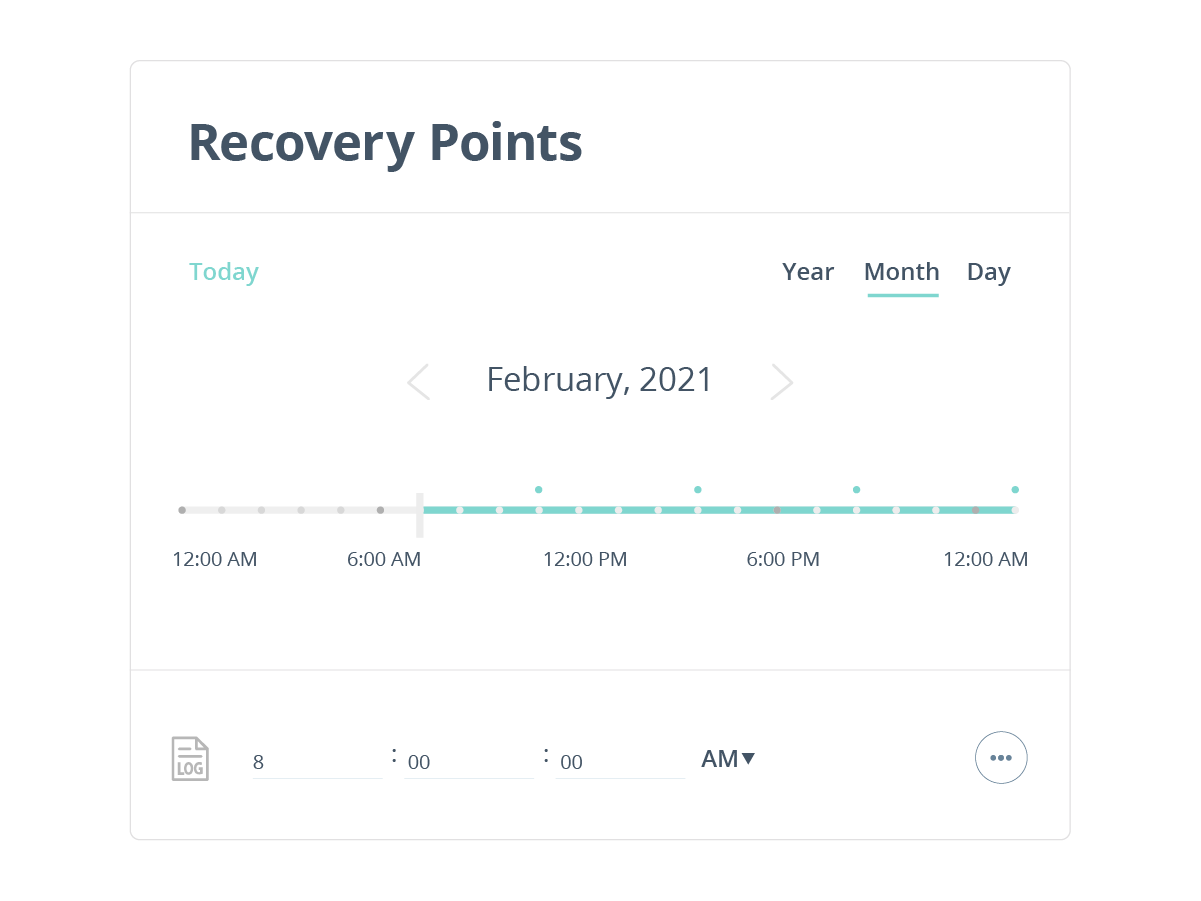
The right recovery objectives in your business continuity plan help you get back to business as usual ASAP following an outage or critical data loss.

In today’s digital marketplace, customer expectations have skyrocketed. There’s very little tolerance for transaction delays and service-level gaps, so even a small window of digital downtime can mean losses in productivity, sales, and customer loyalty. For that reason, every organization needs a robust disaster recovery (DR) plan.
A disaster recovery plan defines how – and how quickly – you’ll recover from an incident that unexpectedly renders critical apps and data inaccessible. As such, it prepares you for getting back online fast, so you can minimize damage to your business.

Among the components of a DR plan are two key parameters that define how long your business can afford to be offline and how much data loss it can tolerate. These are the Recovery Time Objective (RTO) and Recovery Point Objective (RPO).
You will likely create different RTOs and RPOs for the various applications your company uses to generate data. The more mission-critical the application, the lower (closer to zero) the RTO and RPO should be. The less critical the application, the greater your tolerances will be.
To calculate the right RTOs and RPOs for your organization, consult with business unit leaders and senior management to identify those applications and systems that drive your business and generate the most revenue; these are the most important to keep operational and should have low RTOs and RPOs. Once you’ve created this business impact analysis, you can divide your systems into tiers based on levels of criticality and institute appropriate recovery objectives for each tier.
The more stringent the RTO and RPO, the more expensive achieving them can be. For example, if you run a full corporate data backup every day for lower RPO, you’ll consume more storage and network resources than you would if you ran them every week, inflating the expense.
To get a handle on costs, identify your desired RTO/RPO values based on your criticality tiers, then research ways to achieve them as cost-effectively as possible as part of your disaster recovery strategy.
Some on-premises backup setups use virtualized storage clusters that distribute databases and file services over multiple nodes, which can each back up multiple workloads concurrently. When more capacity is required, a node is added. The larger the cluster, the more data that can be ingested in parallel, and the shorter the backup window. When these systems are integrated with public cloud infrastructure services it becomes possible to use a hybrid cloud environment for diversity and data protection.
Want to learn more? Learn how to deliver near-zero RTOs to radically accelerate data access and the recovery process in order to restore business operations.
The recovery time objective (RTO) is the target period of time for downtime in the event of IT downtime while recovery point objective is the maximum length of time from the last data restoration point.